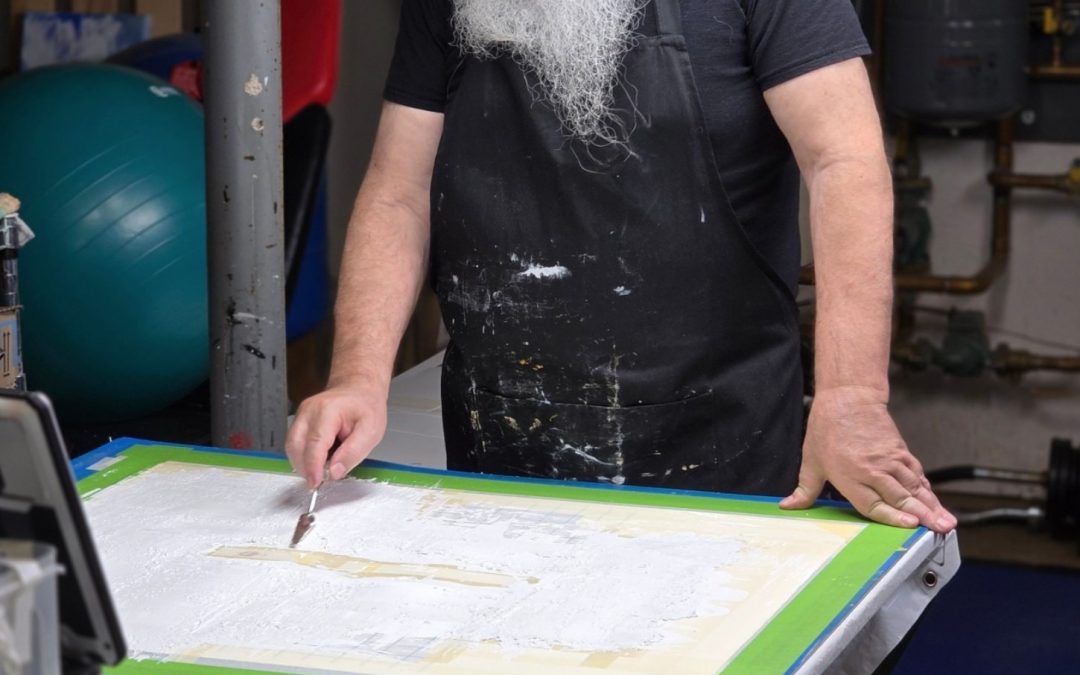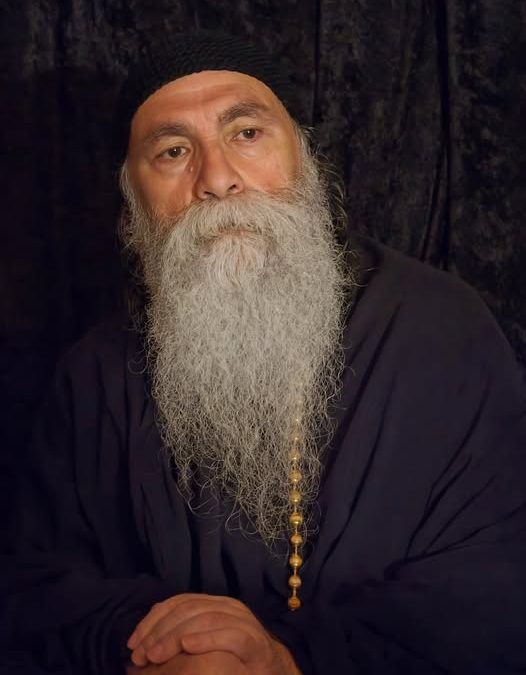
Painting
“When the hand rests on the canvas without premeditation or expectation, strictly speaking, a work in the conventional sense of the term is not produced. What happens is something more elusive: the withdrawal of the subject who until then was considered the creator. In this gesture, the painter does not decide, does not direct; his presence dissolves as if absorbed by a force prior to the impulse. The line that emerges is not due to will, nor does it respond to a consciousness that imposes form or intention. Painting, in this logic, is not representing something, but making visible the very passage of disappearance. The image does not originate in a deliberate act, but bursts forth as an unattributable emergency, as an event that cannot be subjected to the order of signs or the logic of meaning. It is a manifestation that occurs when the self—deactivated, anonymous—ceases to organize experience. It is not the subject who expresses himself, but that which remains when that individual is no longer present.
To call this “painting” is therefore a concession to the conventions of language. Not because there is no image, but because all recognizable figures of the author have ceased to exist. The traditional distinction between subject and object, between gesture and result, between doing and done, between painter and painting, vanishes until it becomes irrelevant. The painting no longer offers itself to the gaze as something constructed, evaluated, or signed. It does not refer to an outside from which it would be observed. Rather, it seems to burn from within, as if consuming any attempt at appropriation or identity affirmation. What remains does not fit into the established frameworks of aesthetic judgment; it does not respond to stylistic canons or rules of execution. It does not affirm a self, nor does it strengthen or secure it: it dissolves it. It is not the painter who produces the image, but the image that passes through him, absorbs him, exceeds him, exposes him without protection.
The forms that emerge in this context do not follow a preconceived design. They do not obey a search for harmony or an ideal of recognizable beauty. They are the fruit of uncalculated surrender, of a sustained openness to the unknown and the unmastered. Painting, in this state, is not equivalent to projecting an interiority, but rather to ceding the place. The gesture does not express, it enables. It allows the nameless to become visible, without being translated into symbols. What is shown does not come from the self, nor does it represent it. It ignores it. What some would call inspiration is not exaltation here, nor creative force in the romantic sense, but an active form of silence. There is no muse dictating: there is nothing swimming around the body. And it is this swimming that acts by swimming around the subject.
From this perspective, the work is not configured as an allegory. It is the visible residue of a surrender, the record of a withdrawal. Its density does not lie in a communicable content, but in its condition of presence without translation. What appears does not represent: it insists. It offers itself not as an expression, but as the trace of an interruption. In a way, the painting precedes the author, or rather, displaces him. Instead of belonging to him, it is he who, for an instant, is suspended in its appearance.
Conceived in this way, the painting ceases to function as a projective surface. It does not ratify identities or consolidate perceptions. It becomes refractory to symbolic appropriation, opaque to the gaze that seeks to recognize itself in it. The viewer who approaches it finds no confirmation there, but rather an interruption. There is no aesthetic object available for consumption. What appears does not please, does not edify, does not console. It bursts in. And in that burst, it dismantles.
It is precisely in this rupture—when the impulse to name, order, define, determine, or understand ceases—that painting finds its most radical function. Not as the result of a will, but as the remnant of a subjectivity that has ceased to operate. The gesture is not closed with a signature or an act of authorship. It culminates in a disappearance. What becomes visible there does not refer to an expressing self, but to its suspension. And in that suspension, silence—understood not as passive emptiness, but as a form without contours—finally becomes perceptible.”
Prabhuji


Recent Comments